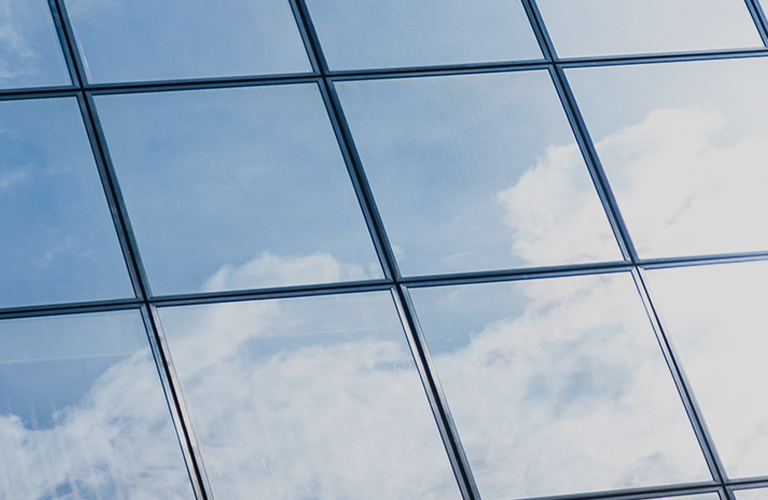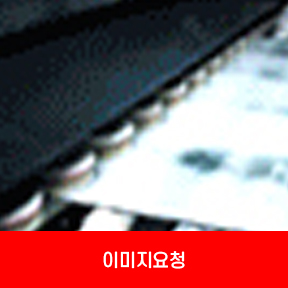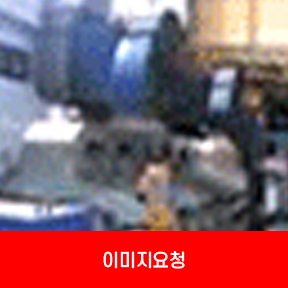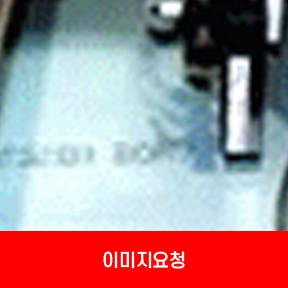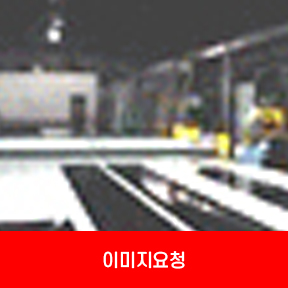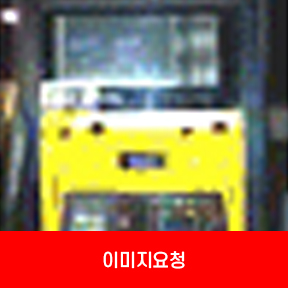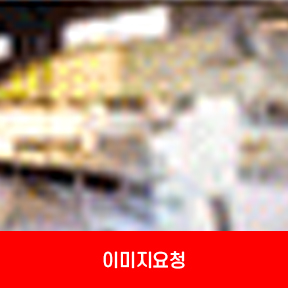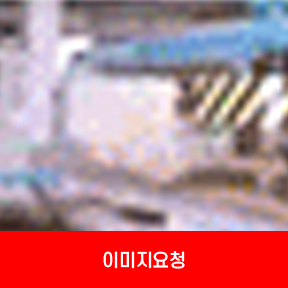Major Uses
- Furnitures, bathrooms, show windows, interior materials, for interior use
- The mirror must be constructed on the tile side so that the mirror does not directly touch the plastering side that is finished with cement. (Tile finish on the reverse side of the mirror is essential to maintain the adhesive power due to the double-sided tape and silicon)
- Adhesive tape (cushion mat) must be attached between the mirror adhesion back side and the construction part to absorb shock in case of wall defects and frontal impact. (A suitable amount of the mirror area must be applied by considering the load relationship of the mirror).
- When bonding the mirror to the constructed side, a glue dedicated for use with mirrors (acetic acid free mold resistant silicone) must be used on the side of the mirror.
- While the construction method of mirrors must consist of 'How to attach a mirror ring', 'How to use frame'(metal, plywood), silicone bonding method, construction must be carried out selectively according to the situation at the site.
- Foreign substances on the wall are washed with clean water and dried before the construction of the mirror. (Use of hydrochloric acid, etc. during cleaning is prohibited)
- When attaching to the FRP wall, suitable ventilation is needed since presence of a minute amount of Styrene Monomer and other substances that are unique to FRP may cause the mirror to deteriorate.
- When attaching directly to a concrete wall out of necessity, the life of the mirror can be maintained for a long period only if the construction is carried out after the cement is completely cured.


